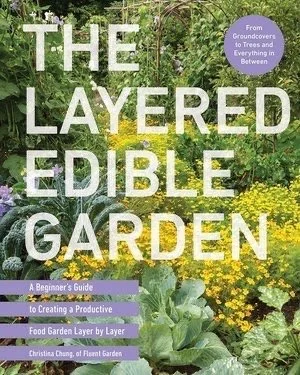The chaos gardening trend takes inspiration from some of the best informal garden designs, including cottage garden ideas, where flowers, herbs and vegetables happily mingle in a carefree way and are free to self-seed and spread around. Out goes planting in neat rows, replaced by a rewilding style approach that's good for biodiversity too.
Plant garlic chives and you'll be rewarded with one of the best edible plants for chaos gardening. They give you a supply of easy to use garlic-flavored leaves that are a versatile addition to the kitchen while also looking great in informal borders.
'There is so much to recommend garlic chives in the garden,' says plant expert Christina Chung in The Layered Edible Garden. 'They'll grow happily in a wide range of climates and soils, thriving and blooming in sun or shade, and produce big clouds of white flowers in late summer.
“Better still, they’re delicious. They are a popular vegetable in their native China. If you’ve never tried them, the name says it all. Like chives, you can eat the leaves and flowers — the flowers being traditionally harvested in bud before they open — with a flavor more like garlic than oniony chives. The leaves can be harvested at any time in the summer, so it’s easy to pick a few and chop them to add a quick garlic flavor to any dish.”
Garlic chives thrive in zones 3-9, and can be sown directly in the garden after last frost. In frost-free areas they can be sown right through winter and into early spring.
~ Sarah Wilson
